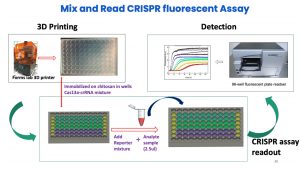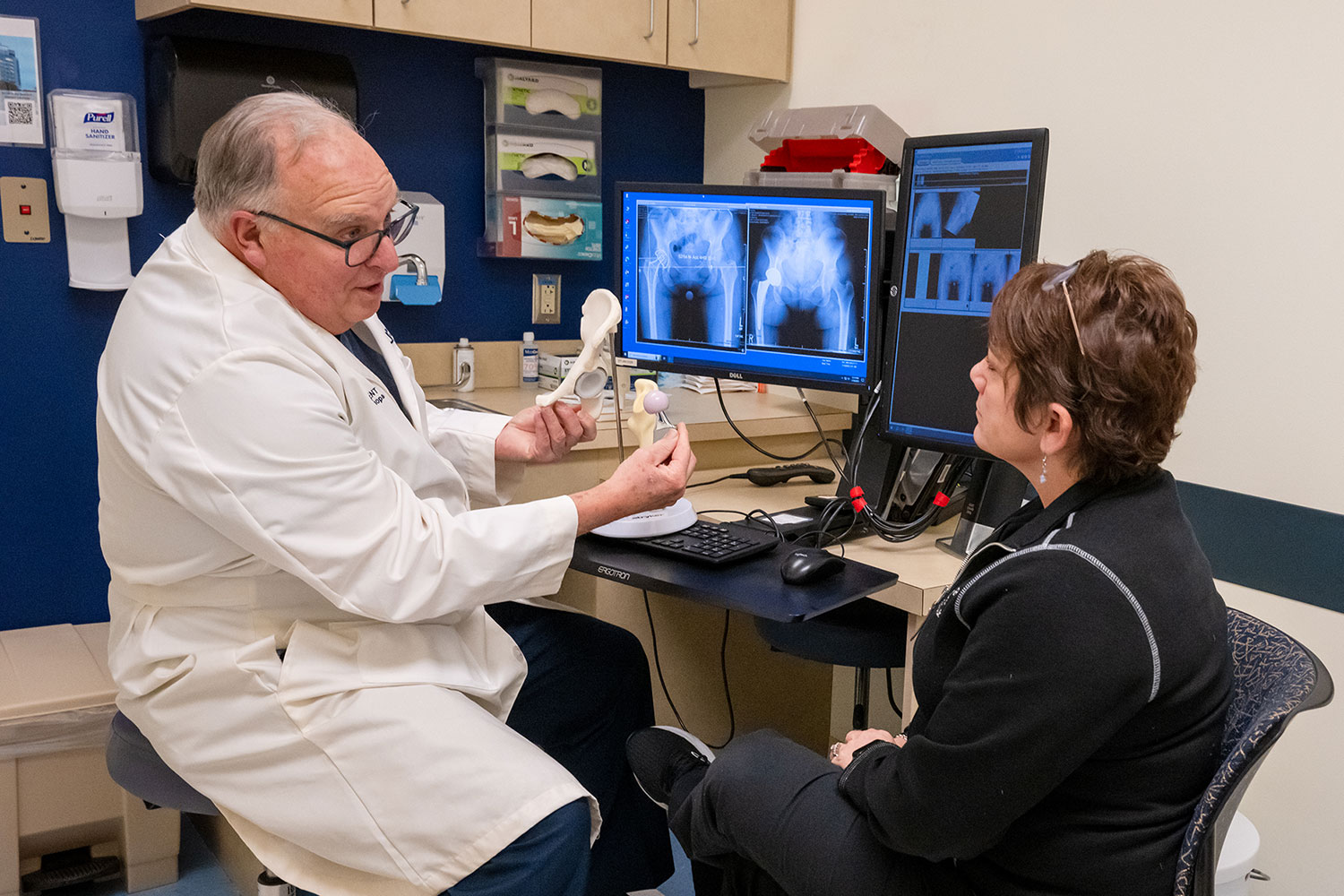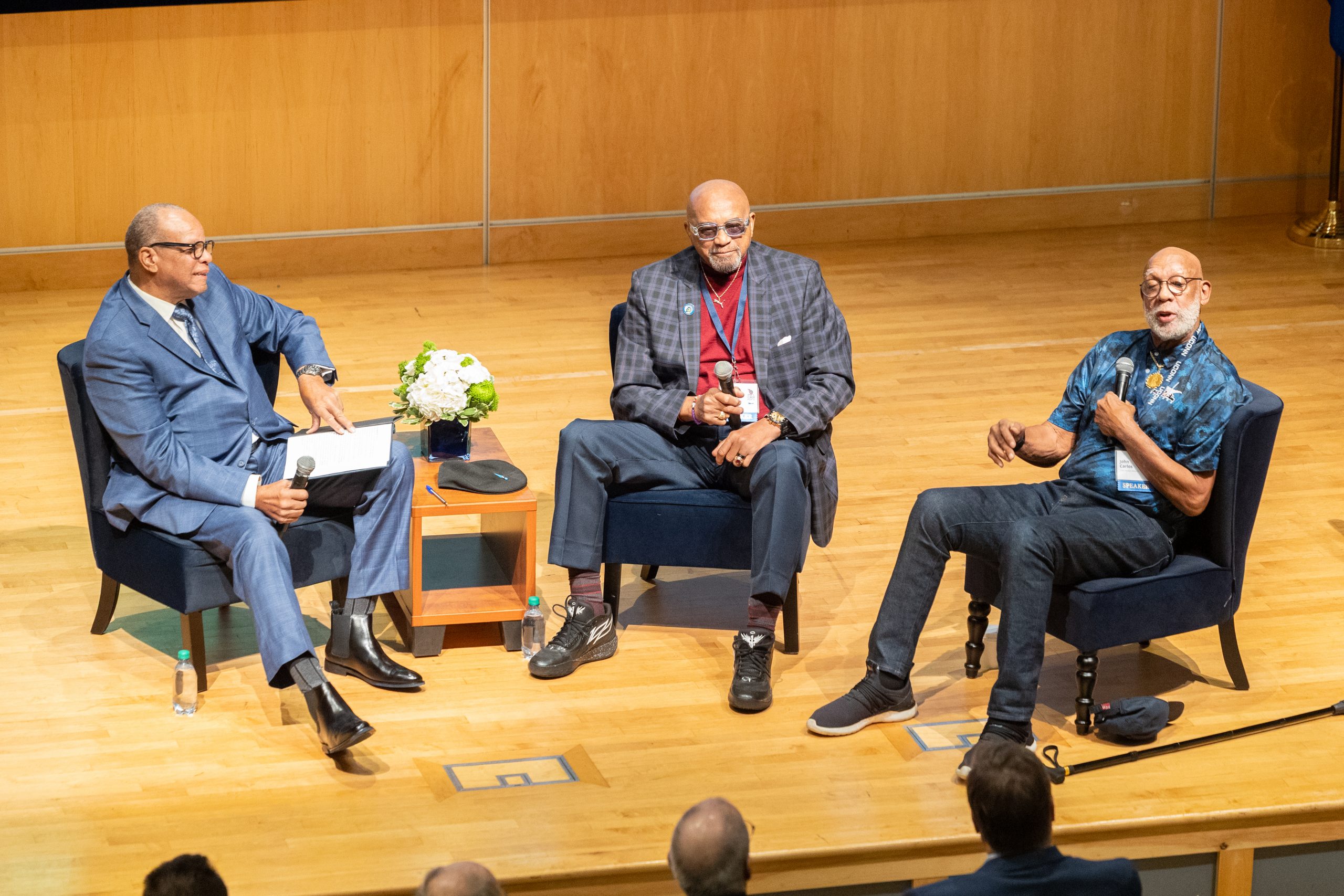RNA Tech Could Make Fast Test for Alzheimer’s Disease
One of the most frightening things about Alzheimer’s disease is how difficult it is to diagnose early. Now, University of Connecticut researchers report two fast tests for early markers of the disease in the journal Biosensors, and in the upcoming Dec. 1 issue of Biosensors and Bioelectronics.These techniques could one day be used to quickly identify many illnesses right in the doctor’s office.
Alzheimer’s disease is the most common cause of age-related dementia, accounting for 60% to 80% of cases. It first manifests as forgetfulness and confusion, but as the disease progresses, Alzheimer’s can cause difficulties with basic activities including swallowing and walking. There is evidence that Alzheimer’s begins much earlier than the symptoms do– as much as 20 years, according to the Alzheimer’s Association—but currently there is no easy way to test for the disease in these early, silent stages.
UConn chemists Jim Rusling, Jessica Rouge, and their colleagues at UConn Health Center on Aging have developed a fast, low-cost test for Alzheimer’s disease markers. The test puts a small sample of blood plasma through an array that recognizes microRNA molecules associated with Alzheimer’s disease.
The two tests cleverly combine several technologies. The first is CRISPR CAS13A, part of a family of bacterial proteins that are famously used to edit genes. CAS13A acts like a scissors, snipping up ribonucleic acid (RNA). A chemical trigger (bits of RNA associated with Alzheimer’s disease processes) causes CAS13A to light up a tiny dye molecule. The dye molecules use either fluorescence or electrochemoluminescence to glow.

The researchers made a tray with 96 tiny wells (see image) for the fluorescence detection. The tray was made out of a special 3D-printed material that anchors molecules attaching CAS13A into the wells. Each CAS13A molecule was attached to a strand of test RNA that exactly complemented a specific Alzheimer’s RNA biomarker. If the RNA found its matching complement in the sample, it would bind it, triggering the CAS13A to snip up all the RNA around it—including RNA masking the dye. The unmasked dye then fluoresced and revealed the presence of the Alzheimer’s marker. A similar strategy with used for ECL detection, except a small array was developed to detect 3 RNA biomarkers at once.
“Over the long term, we’d like to come up with a single assay that could monitor multiple types of blood biomarkers for early Alzheimer’s,” Rusling says. The team hopes to continue, collaborating with researchers at UConn Health’s Center on Aging to test more patient samples and follow them over time to see how well the test predicts Alzheimer’s disease.
Latest UConn Today
- UConn John Dempsey Hospital Recognized for Exceptional Clinical PerformanceSepsis, pneumonia, hip fracture care, and GI surgery earn 5 stars from Healthgrades
- Being Seen, Feeling Seen: Summit Examined Complicated, Far-Ranging Intersections of Sport and Human RightsHuman Rights Summit features perspectives from athletes, academics, and industry experts
- Protein Powders and Shakes Contain High Amounts of Lead, New Report Says – A Pharmacologist Explains the DataPowder and ready-to-drink protein sales have exploded, reaching over US$32 billion globally from 2024 to 2025. Increasingly, consumers are using these protein sources daily.
- Professor Sir Cato T. Laurencin is Plenary Speaker at AAMP ConferenceUConn Professor Sir Cato T. Laurencin was the Plenary Speaker at 39th Annual Association for Academic Minority Physicians, Inc. Conference in Alexandria, VA.
- Insufficient Sunlight Exposure Linked to Higher Rates of SuicideThis study from UConn health economist Shinsuke Tanaka is a major addition to the literature on suicide risk factors as suicide remains the only major cause of death in the U.S. that is increasing rather than decreasing over time
- Power of the Pause Celebrates Menopause Equity, Joy and CommunityHundreds from Across Connecticut Gathered for the Free Community Event Hosted by the UConn Health Disparities Institute













